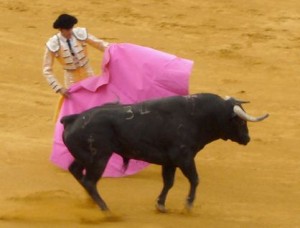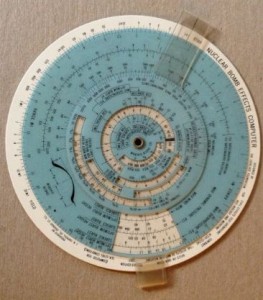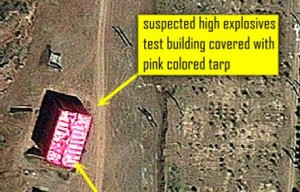Breaking: Albright Discovers That After Covering Buildings at Parchin With Pink Tarps, Iranians Now Removing Tarps!

Alternative representation of Iran moving pink tarpaulins around at the Parchin military site. (Detail from a photo by azkid2It on Flickr under Creative Commons license)
It seemed that David Albright and his Institute for Science and International Security had reached a new low when on August 24 they wowed the world with their analytical powers by explaining to us the meaning of Iran draping buildings at the disputed Parchin military site with pink tarpaulins. Yesterday, Albright and associates did their best to keep the Pink Panic at Parchin going, as they breathlessly revealed that Iran is now actually REMOVING THE TARPS!
As I have maintained all along, if Iran has carried out work at this site to develop a neutron trigger based on high explosives, as they have been accused, then the steel chamber in which the work was carried out is quite likely to have been rendered radioactive through the process of neutron activation and no amount of cleaning the chamber or the surrounding building or surrounding soil can hide that. That means that the tarps themselves (along with the earlier soil-moving exercises) have been a feint to give Albright and the press something to chase while those who favor an attack on Iran continue to agitate for “action”. We see from the most recent photos that the building in which the explosives chamber is believed to be housed still stands after the tarp has been removed from its roof. Should inspectors gain access to the site, their primary objective remains unchanged from pre-tarp days. They first need to determine if the chamber is still inside the building. If the chamber is still present, they need to examine it for evidence of neutron activation or any other radioactive contamination arising from the research the Iranians have been accused of carrying out.


